Demystifying the Chess Rating System: Your Key to Tracking Progress
Just like a progress report in school, a chess rating system provides a numerical representation of your chess skill. This rating allows you to:
- Track your improvement: As you play and learn, your rating will (hopefully!) increase, reflecting your growing chess prowess.
- Find balanced competition: Chess platforms use your rating to match you with players of similar skill, ensuring a fair and engaging game.
- Connect with the chess community: Many online chess communities categorize players based on their rating, allowing you to connect with others at your skill level and learn from each other.
But how exactly does this system work? Buckle up, chess fans, because we're about to dive into the fascinating world of the Elo rating system!
The Elo Reigns Supreme: Understanding the Rating System
The most widely used chess rating system is the Elo system, named after its creator, Arpad Elo. This system assigns a numerical rating to each player, with higher numbers indicating greater skill. The core principle is simple: you gain points when you win against a higher-rated opponent and lose points when you lose to a lower-rated opponent. The amount of points gained or lost depends on the rating difference between you and your opponent.
Here's a breakdown of how it works:
- Upset Victory: Beat a much higher-rated opponent? Congratulations! You'll gain a significant number of points, reflecting your impressive feat.
- Expected Outcome: Win against someone with a similar rating? You'll gain a few points, signifying a solid performance.
- Close Call: Lose to a slightly higher-rated opponent? You might lose a few points, but it won't significantly impact your rating.
- Tough Loss: Fall to a much lower-rated opponent? Ouch! You'll lose a significant number of points, highlighting the need for improvement.
This system ensures that players are constantly challenged and motivated to progress. By aiming to defeat higher-rated opponents and minimize losses to lower-rated ones, you can steadily climb the chess rating ladder.
Different Systems, Same Goal: Exploring Alternatives
While the Elo system reigns supreme, there are a few alternative chess rating systems used in specific situations. These include:
- Glicko system: This system considers rating volatility, meaning it places more weight on recent performance.
- Chess.com Glicko-2: A variant of the Glicko system used by the popular chess platform Chess.com.
Local:
- Chess Clubs: Many local chess clubs maintain their own rating systems for members. These can be a great way to track your progress within your community.
- Tournaments: Local chess tournaments often award ratings based on your performance in the event.
Statewide/Nationwide:
- Chess Federations: National chess federations, like the United States Chess Federation (USCF) in the US, maintain official ratings for their members. These ratings are typically based on performance in sanctioned tournaments.
International:
- FIDE: The Fédération Internationale des Échecs (FIDE) is the international governing body for chess. They maintain the official World Chess Rankings, considered the most prestigious chess rating system globally.
Here are some resources to find these rankings:
- Local Chess Clubs: Search online or contact local community centers to find chess clubs near you. Their website or social media might mention their rating system.
- Chess Tournaments: Tournament websites or flyers typically mention if they are FIDE or USCF-rated events.
-
Chess Federations:
- US Chess Federation (USCF): https://new.uschess.org/
- FIDE: https://www.fide.com/
However, the core principle remains the same – to provide a fair and accurate assessment of your chess skill for improved learning and competition.
Ready to Ascend the Chess Rating Ladder?
Now that you understand the chess rating system, it's time to put your knowledge to the test! Here are some tips to help you improve your rating:
- Play regularly: Consistent practice is key to developing your chess skills.
- Analyze your games: After each game, take some time to analyze your moves and identify areas for improvement.
- Seek guidance: Learn from experienced players or chess coaches who can offer valuable insights and strategies.
- Utilize resources: Chess books, online tutorials, and puzzles can all be valuable tools for learning and development.
Remember, the chess rating system is a journey, not a destination. Embrace the challenge, learn from your games, and enjoy the process of honing your chess skills. With dedication and practice, you'll be climbing that chess rating ladder in no time!


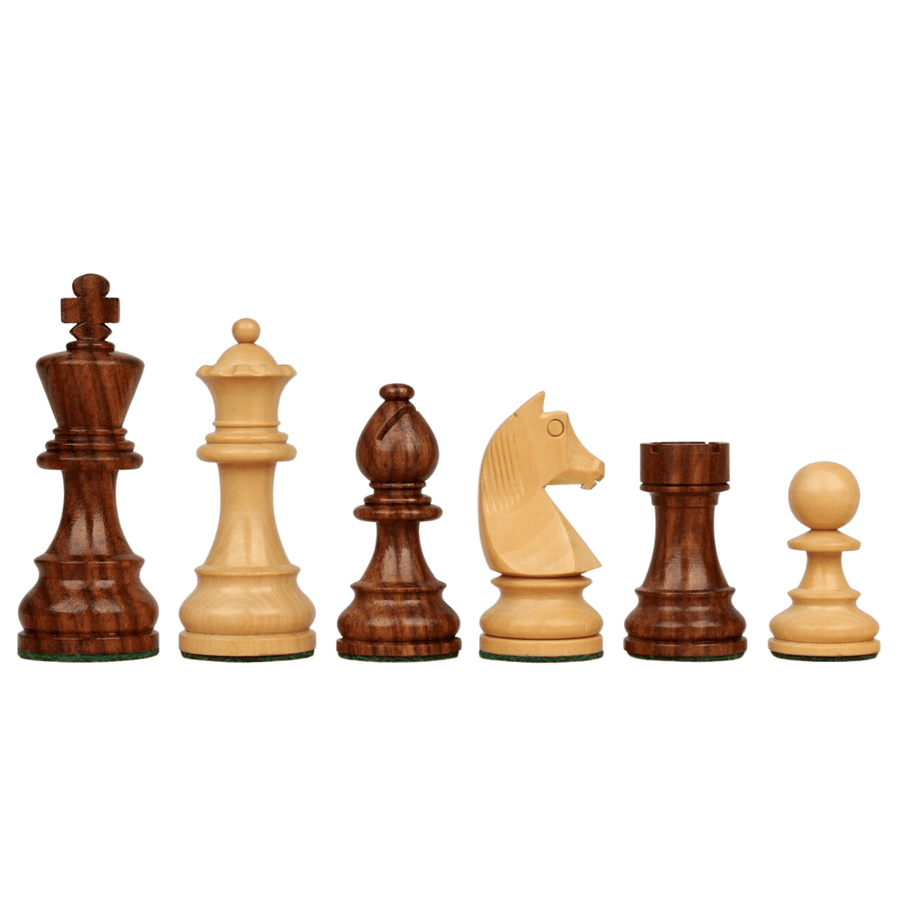
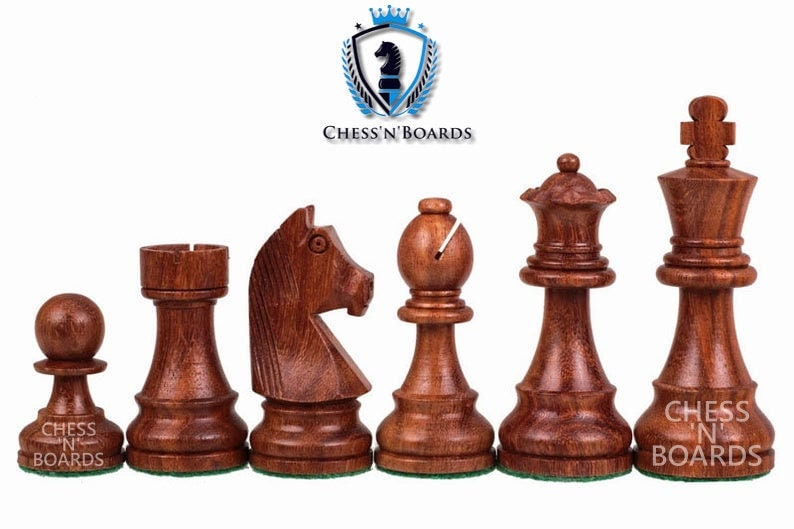
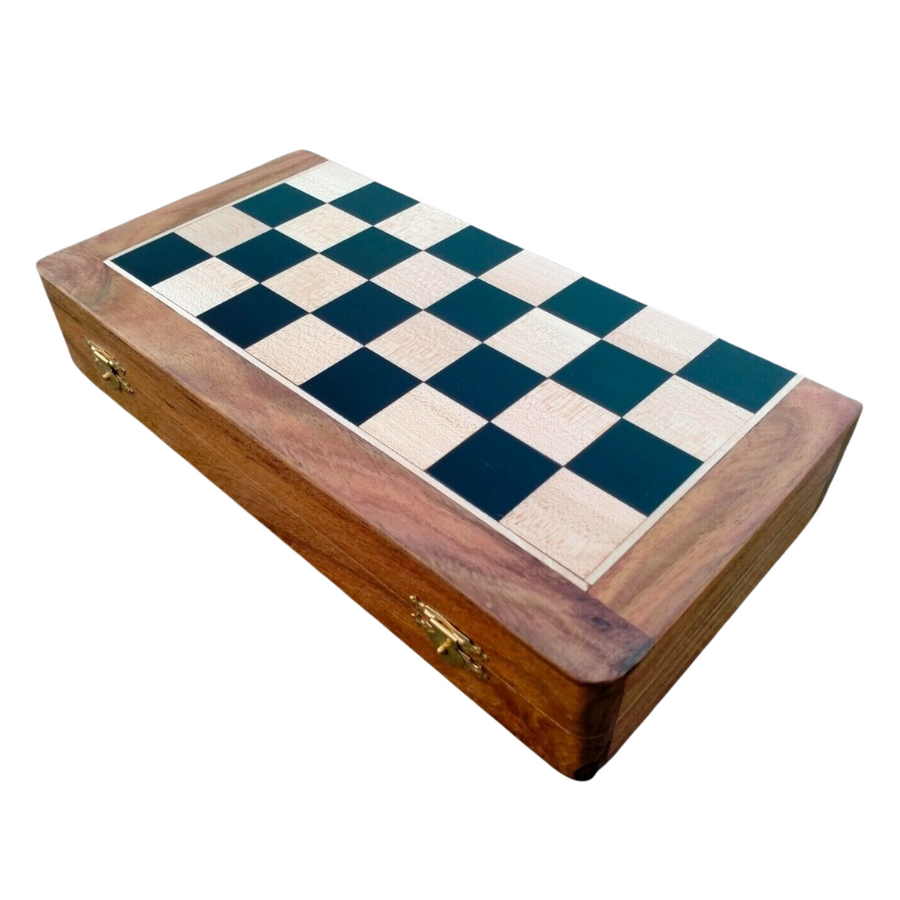
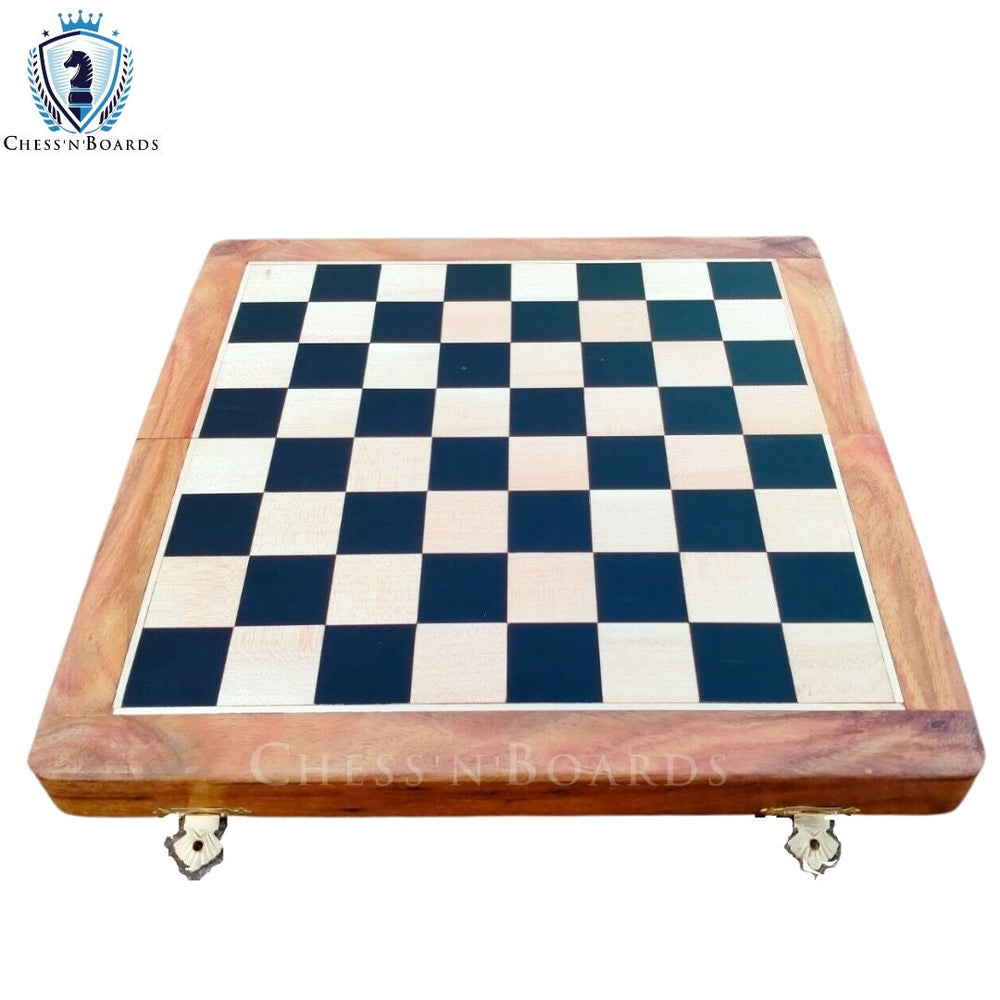
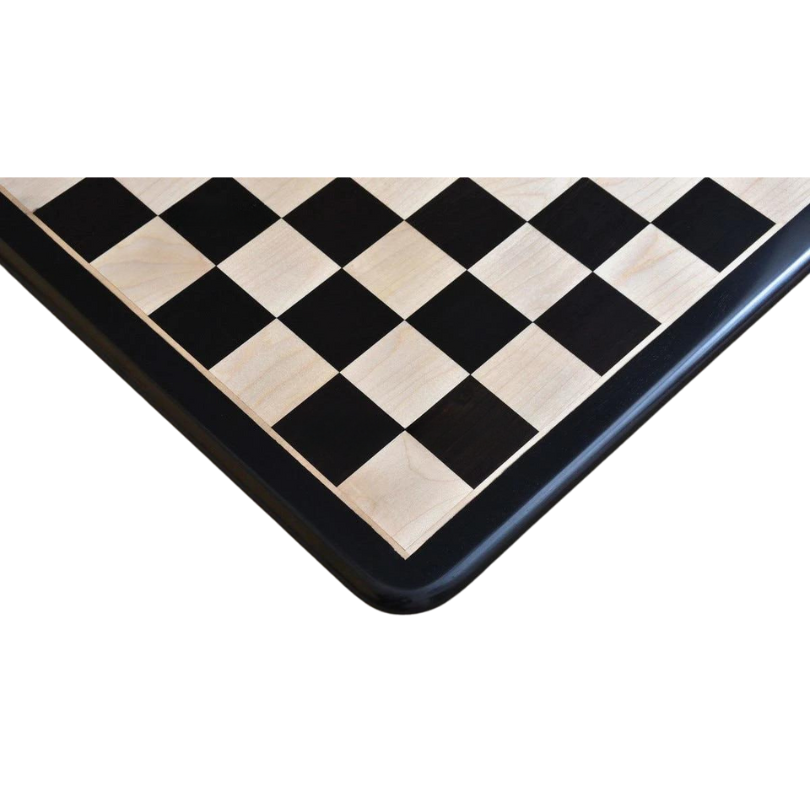
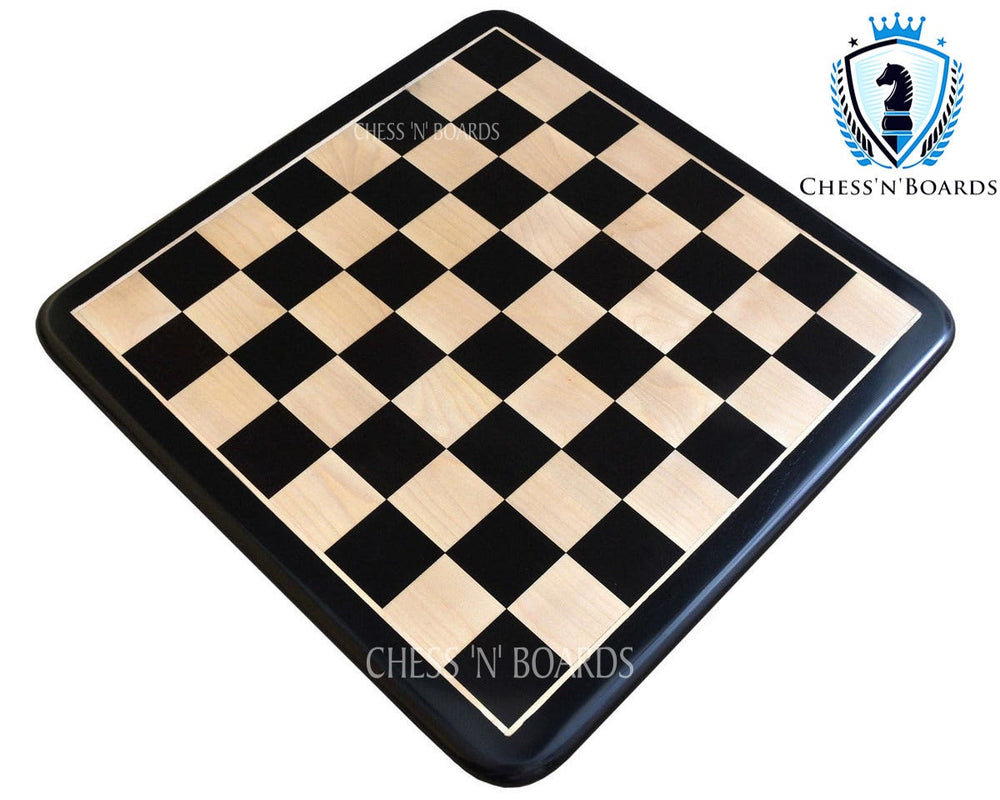
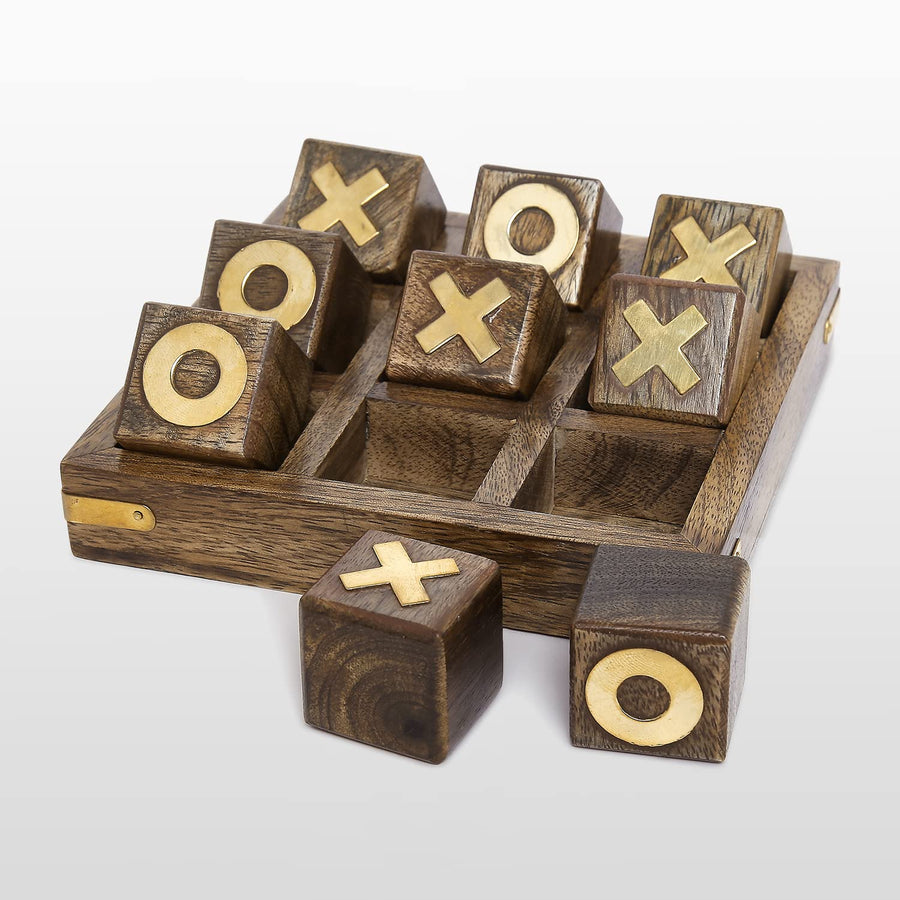
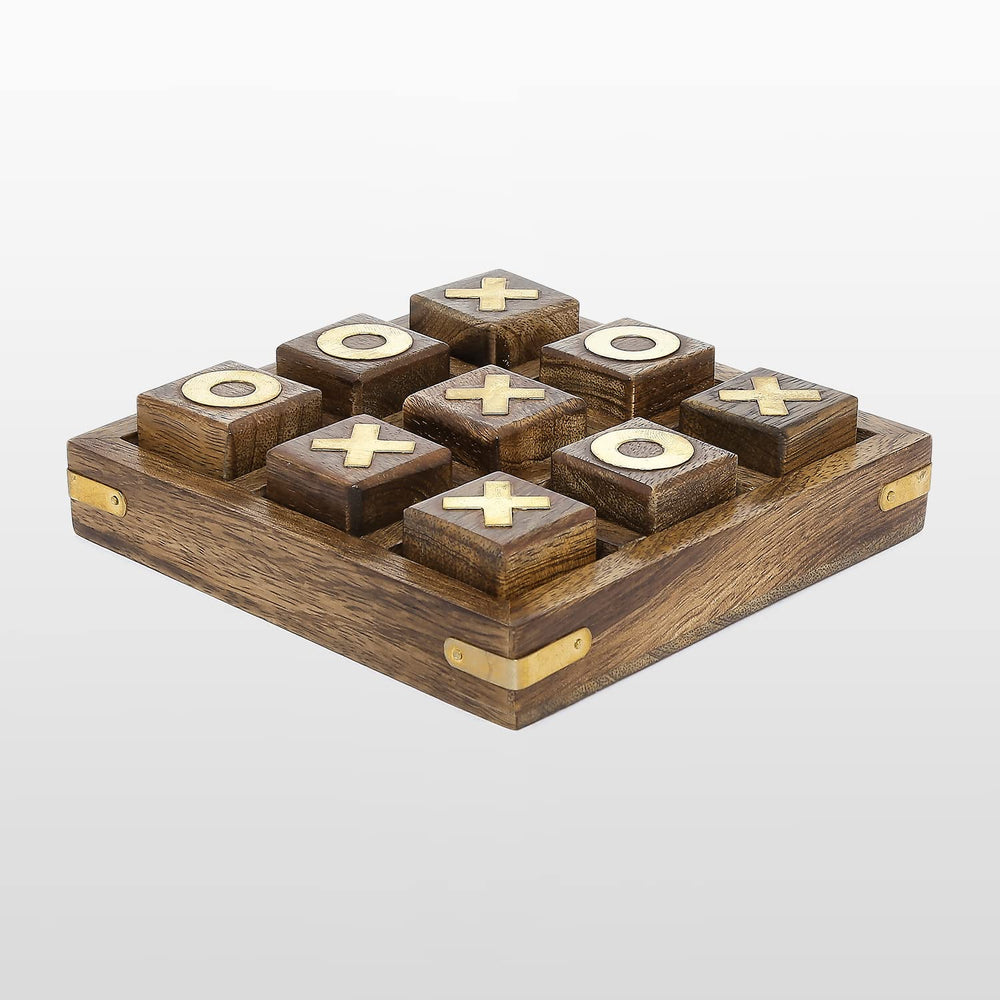
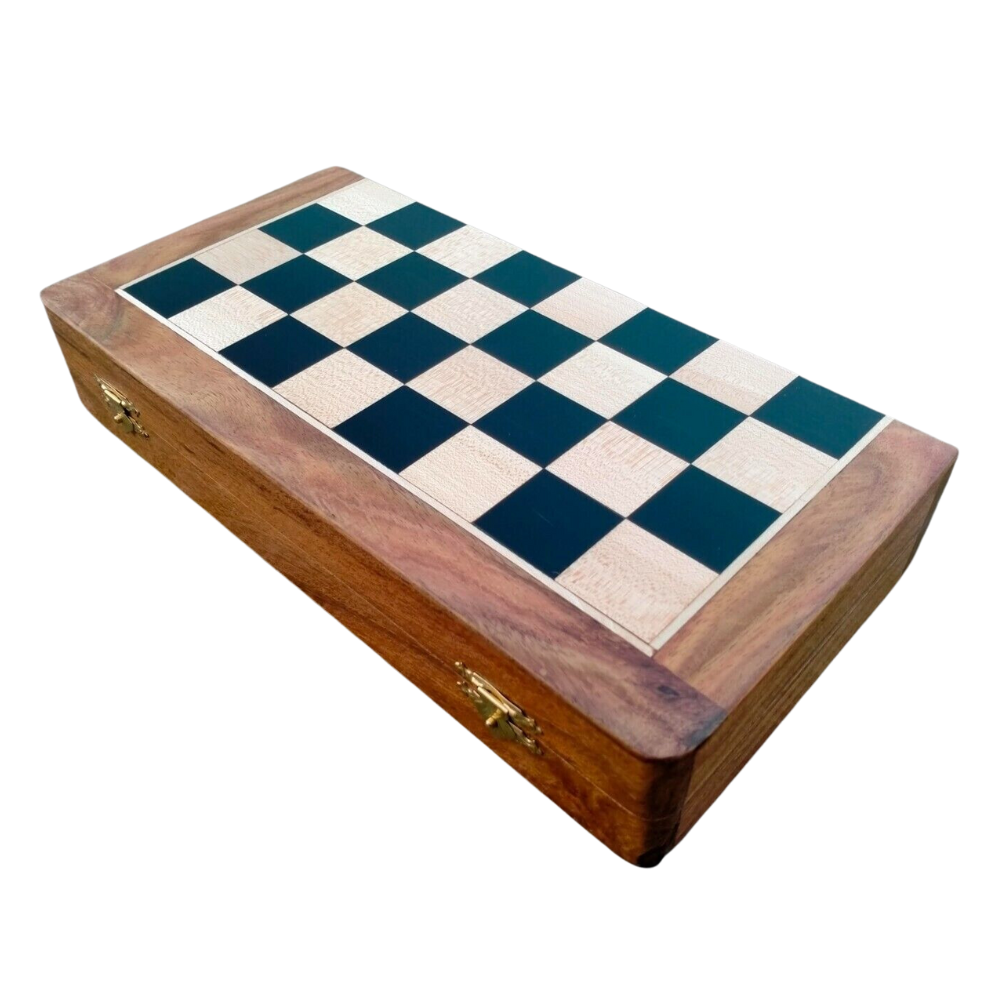



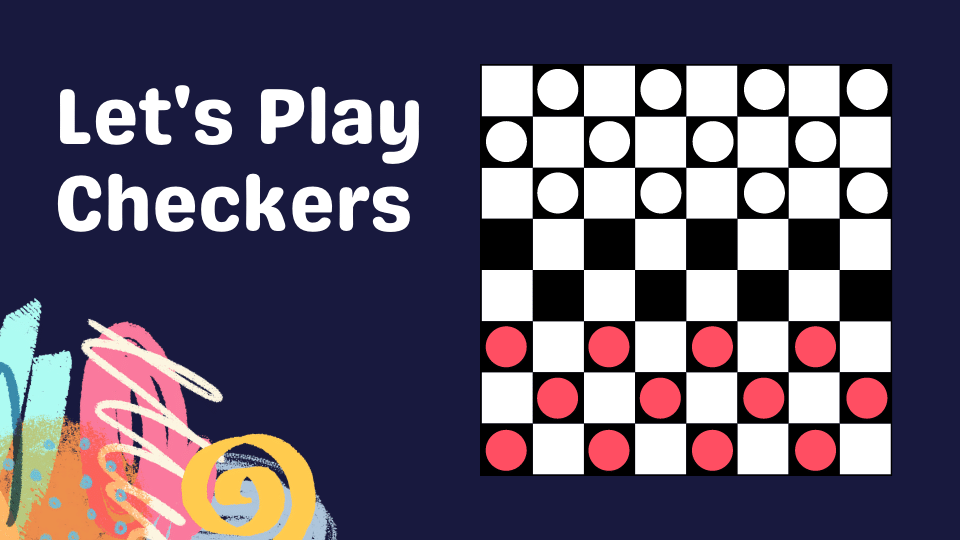
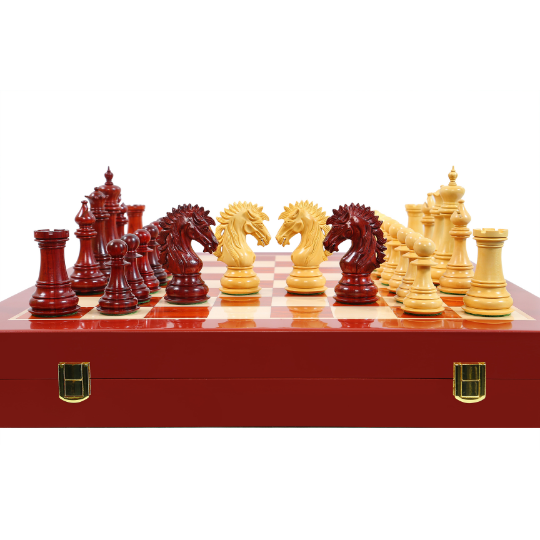
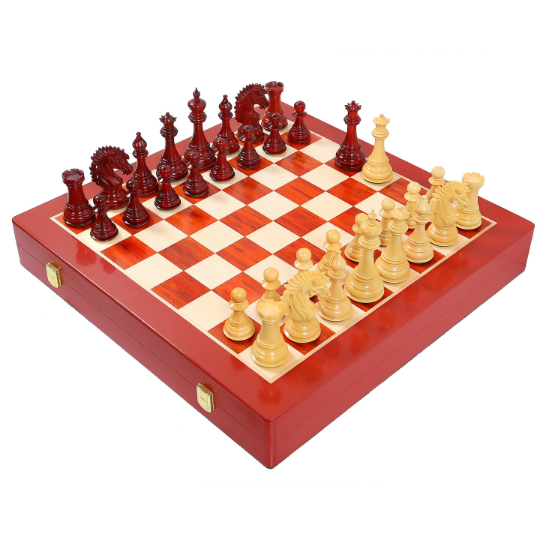
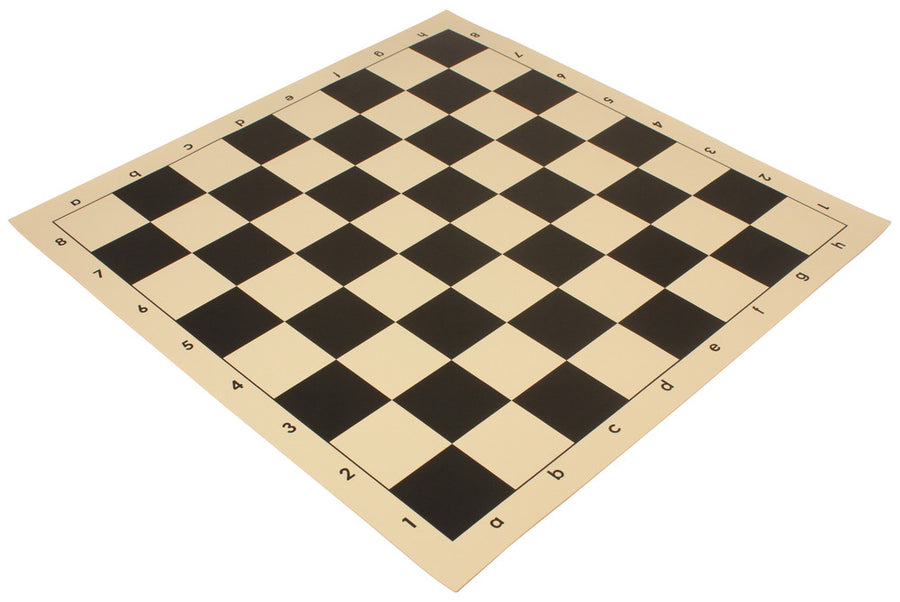
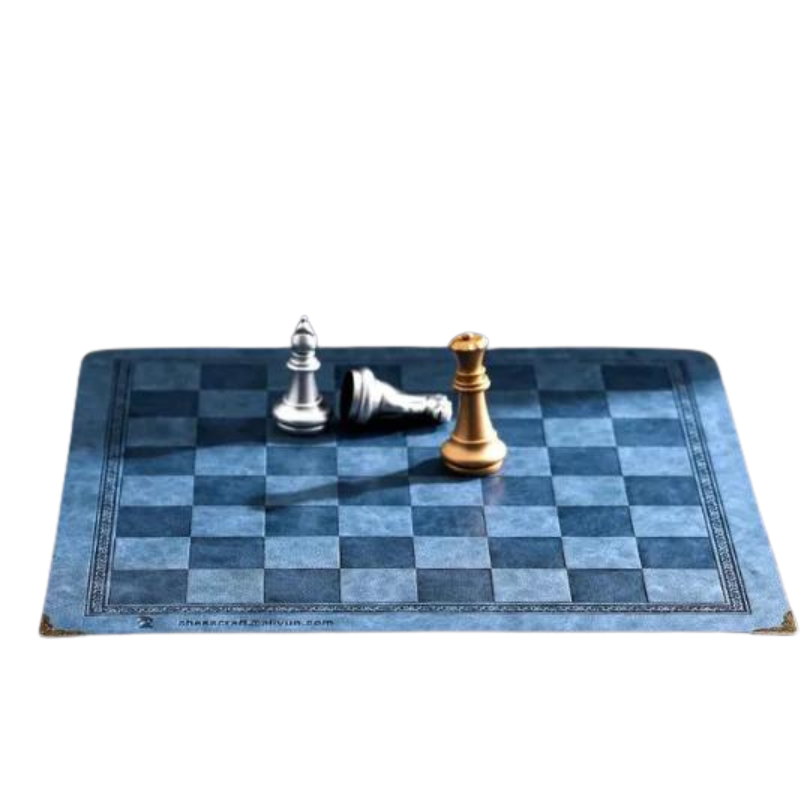

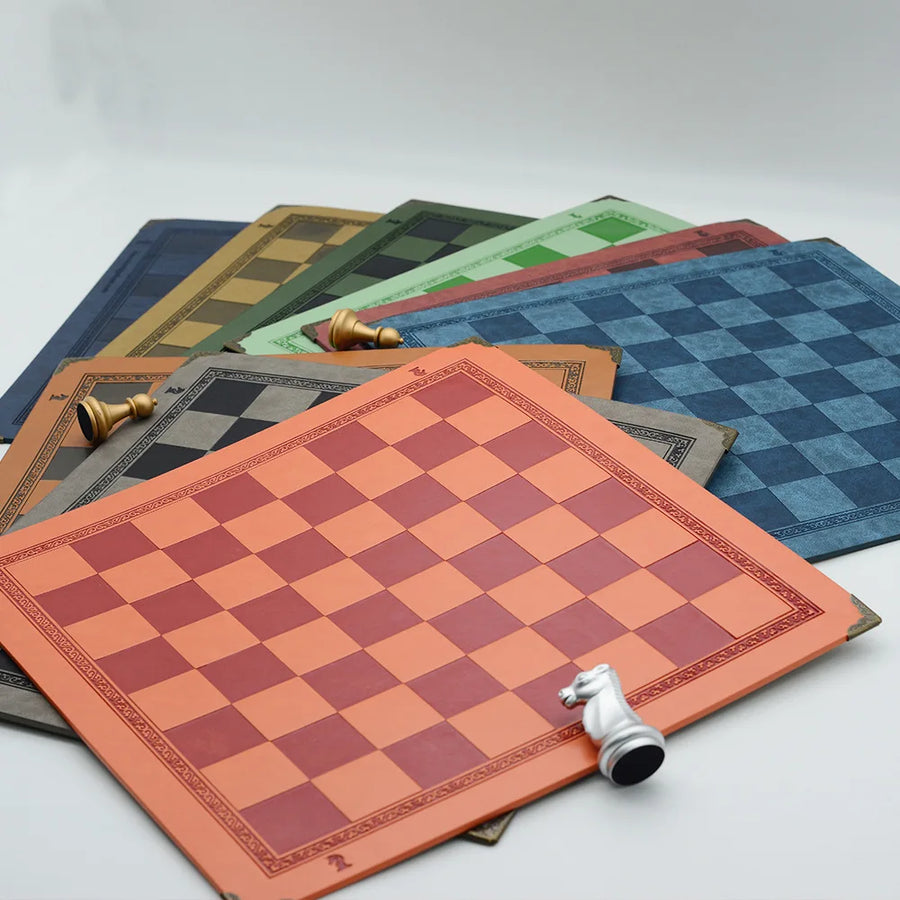

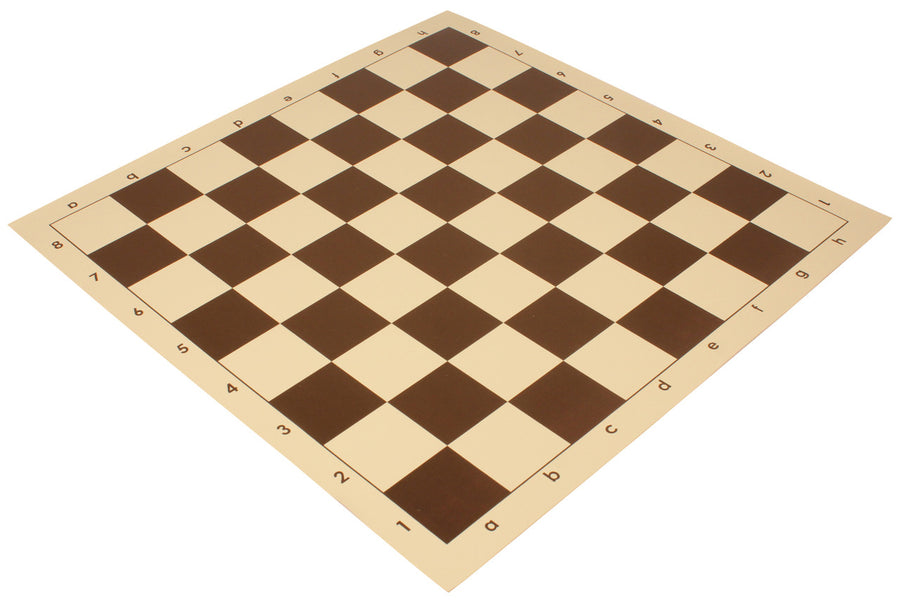
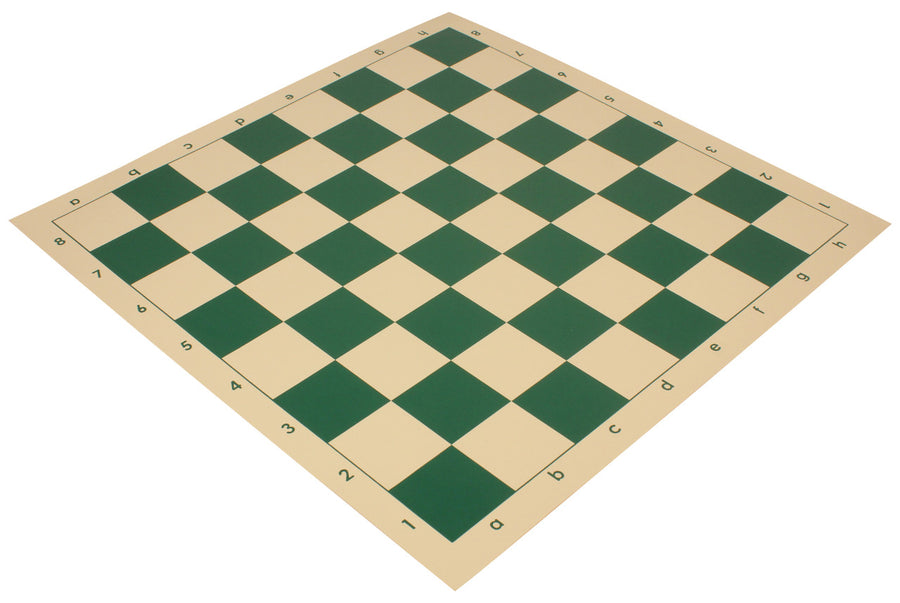
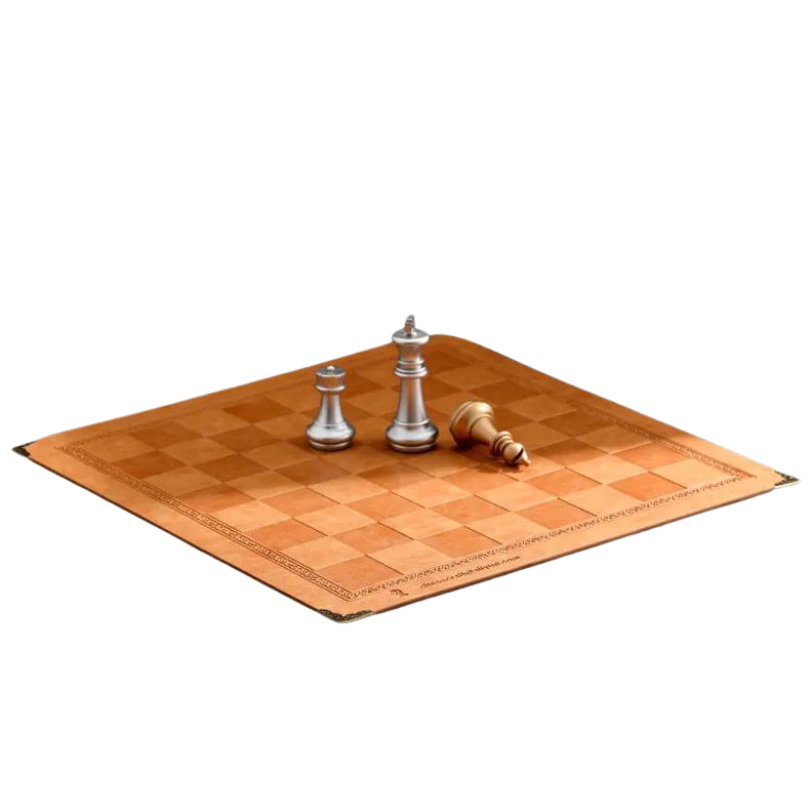
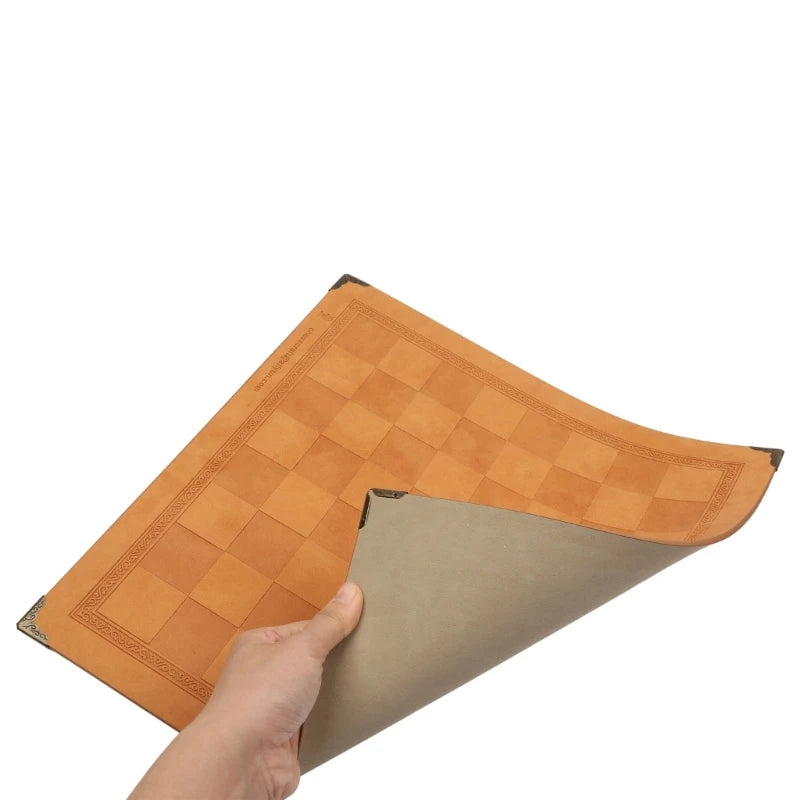
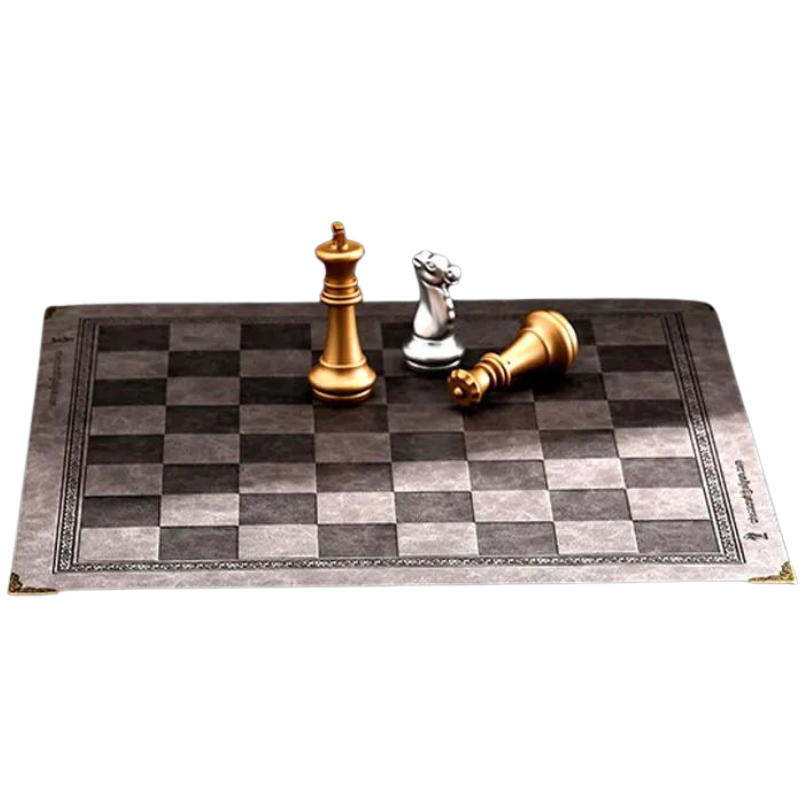
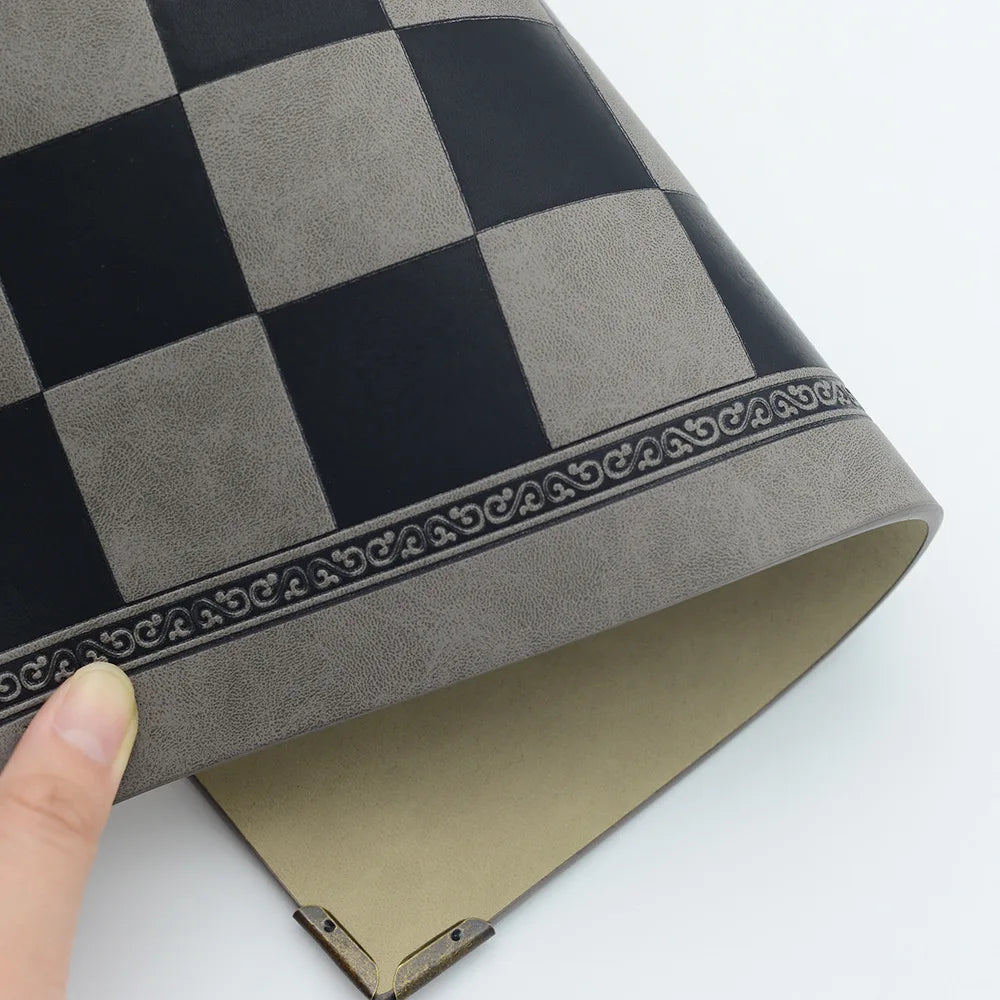












Hinterlassen Sie einen Kommentar